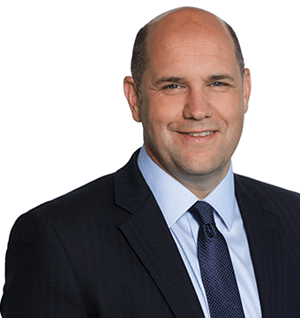Local Nature Recovery, part of the new Environmental Land Management Scheme (ELMS), the government’s overarching rural funding scheme, is aimed at promoting national environmental priorities through small-scale, local action.
What is local nature recovery?
Local Nature Recovery (LNR) will be the successor scheme to Countryside Stewardship; a hybrid between mid and higher tier, designed to deliver locally targeted environmental outcomes from nationally important objectives:
- enhancing biodiversity
- improving water quality
- achieving net zero
- increasing environmental resilience to climate change
- improving air quality
- natural flood management
- coastal erosion risk mitigation
- heritage and access
What will be funded under local nature recovery?
As the intermediate tier in ELMS, LNR will build on the foundations of Countryside Stewardship by continuing to offer an existing suite of Mid and Higher Tier options combined with some new additions.
Funding will initially focus on the management of ten core themes:
- feeding, shelter and breeding areas for wildlife on arable farms
- grassland habitats
- wetland habitats
- lowland heathland
- coastal habitats
- peat and moorland
- the recovery and reintroduction of particular wildlife species
- woodland creation and management
- nature-based solutions for water
- restoring rivers, flood plains, streams, and riparian habitats
How will local nature recovery work?
Similar to Countryside Stewardship, LNR agreements will contain a range of selected management options with targets and prescriptions. Defra is looking to adopt outcome-based inspections, judging success on actual results, transitioning away from the blanket penalty approach enforced within cross compliance.
A new element Defra is considering introducing is holding specific Land Management Plans which will be used as a tool to assess and monitor compatibility with ELM schemes and a scheme’s success. At present, further research is required before they are integrated into ELMS, and it is unknown which schemes will require a Land Management Plan.
Once fully rolled out, LNR will be managed under the same service as Sustainable Farming Incentive, further simplifying administration between the two schemes.
When will local nature recovery be launched?
Defra is streamlining the testing period by only trialling new elements on around 500 privately selected holdings before the scheme launches. The release will be staged with a limited number of agreements being granted in 2023 followed by the full rollout in 2024.
How long will local nature recovery last?
We understand LNR will operate on a multi-year agreement with a term proportional to the specific outcome selected. Considering the terms of other ELM schemes are three years (Sustainable Farming Incentive) and 20+ years (Landscape Recovery) we believe LNR agreements could typically last between seven and 15 years, depending on the options selected.
Can local nature recovery operate alongside another scheme?
LNR is intended to operate alongside other schemes such as Sustainable Farming Incentive (where outcomes are not double funded), as well as private markets where broader natural capital assets could be transacted. The ability to select specific options between ELM schemes will allow agreement holders to synergise their agreements and deliver a targeted, holding specific scheme.
Who will be eligible for local nature recovery?
Once fully rolled out, LNR will be accessible to farmers, including tenants and common right holders, together with land managers and foresters who manage important habitats and natural resources. Collaboration amongst agreement holders will be encouraged throughout, in order to deliver unified outcomes at scale. It is understood that there will be scope to add land, or management options, during the term of an agreement to accommodate changes or unifications in management.
What other schemes will be available?
This is one strand of ELMS. Once fully released, there will be other schemes, both simpler (Sustainable Farming Incentive) and complex (Landscape Recovery), alongside standalone grants. Defra has also confirmed that private schemes (for example, carbon sequestration), providing they are not double funded, will be available as additional revenue streams to agreement holders.During the transition to ELMS, Countryside Stewardship will remain available up to 2024. For further information on Countryside Stewardship options, please contact your local Carter Jonas office.
Farming grants and subsidies
See more insight and information about other grant funding schemes.



